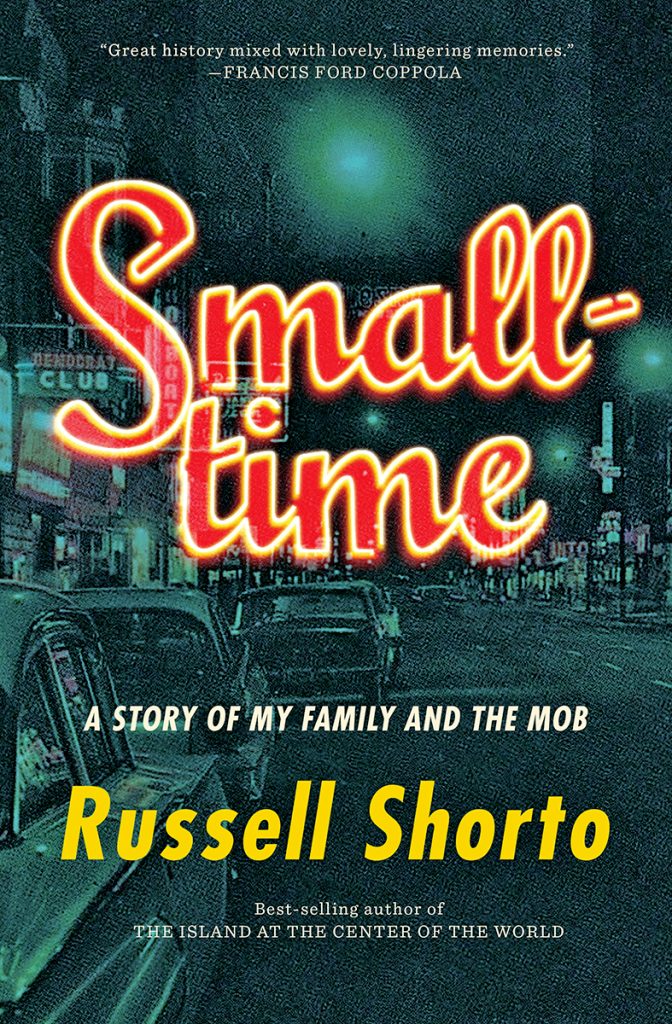 Smalltime: A Story of My Family and the Mob
Smalltime: A Story of My Family and the Mob
By Russell Shorto
W.W. Norton, 2021
272 pages
Hardcover, $26.95
Reviewed by Bill Keyes, former museum division director at the History Center, 1994–1999.
Russell Shorto, the American historian known for his groundbreaking history of early New York, The Island at the Center of the World, has written a family memoir that is closer to us in time and space. Smalltime: A Story of My Family and the Mob recounts the criminal career of his namesake grandfather in Johnstown in the heady years after World War II. Unlike the romanticized view of the mob splashed on the big and small screens, the low-level gambling and grift in this gritty mill town has no such luster. The numbers racket, a gambling enterprise with payouts of a few hundred bucks, was the primary revenue source for the mob.
It was everywhere and played by everyone. Just as it was in my hometown, New Kensington, the number slips were sold in pool halls, bars, barbershops, newsstands, florist shops, and candy stores. So, in addition to the slouches who came around and collected the money and slips, there were “civilians” who worked in these stores, who counted the money, like my aunt, who saw it as a common part of business. It attracted customers. Everybody did it.
The numbers racket can seem harmless to us now that the state-run lottery has taken its place, but there was a more dangerous side to the family business: prostitution, loan sharking, and graft. These are serious crimes with serious consequences: broken marriages, broken bones, and prison time. Within the Shorto family, the author’s father, Tony, wanted to join his father’s business. He admired the swagger that was propelled by the wads of cash in the slick suits that emerged from shiny cars. He saw his father count stacks of cash laid out on his parent’s bed.
The grandfather’s business cast an inky shadow over all three generations: Russell senior, his son Tony, and Tony’s son Russell, the author. Tony’s relationship with his distant and now long-gone father, revealed through conversations with his father’s surviving partners in crime, is the beating heart of the book. The sit-downs Russell and his father had with the old crew in nursing homes, lunches at Panera, and home visits upend long-held beliefs about Russell senior’s criminal career, his family life, and his relationship to his son. They also have an illuminating effect on the author’s relationship to his own father, Tony. While researching for the book they spent more time together than they had since Russell’s childhood. In the process, they dispelled some lingering shadows thanks to Russell’s patience and insight. And he gives it all to the reader in a moving, unstinting story of three generations.